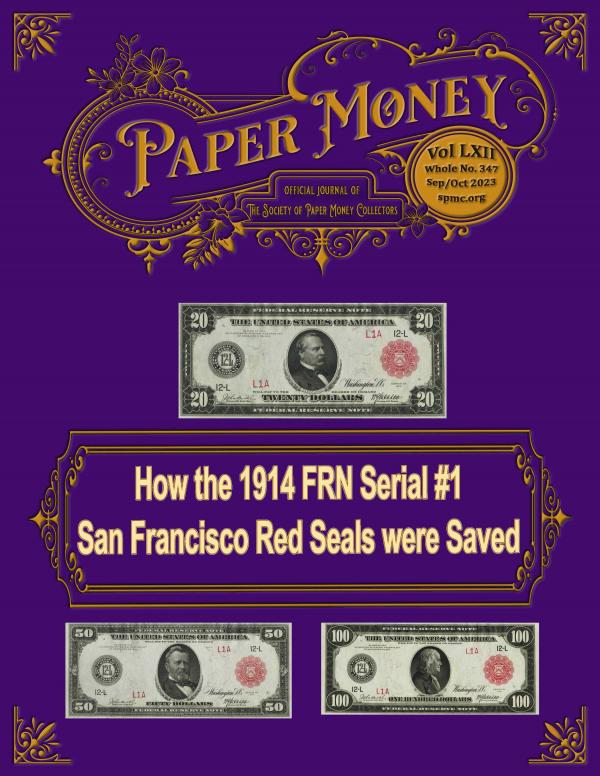Please sign up as a member or login to view and search this journal.

Table of Contents
Plate Letters on Large Size NBNs--Peter Huntoon]
How the 1914 FRN Serial #1 Red Seals were Saved--Lee Lofthus
High Serial Discovery--Peter Huntoon
The Fate of Baugh's Cotton Mill in Alabama--Bill Gunther & Charles Derby
4th Issue Treasury Seal Plate Proof Sheets--Jerry Fochtman & Rick Melamed
Neither Chit Nor Chizzler--Terry Bryan
Altered 4th Printing Chemicograph Back--Peter Bertram
A Case of Mistaken Identity--Tony Chibarro
Montgomery Ward Catalog & U.S. Postal Notes Tame the Wild West--Bob Laub
UNESCO-Angola--Roland Rollins


